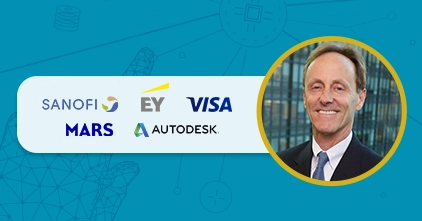As the modern workplace calls for more than just technically skilled professionals, how can organizations develop their employees’ soft skills? Learn more on strengthening soft skills through eLearning here.

We now live in an age of automation where everything is easily accessible and readily available. Indeed, mobile devices have greatly helped us may it be for academics or work. But the ease of it all has inversely affected some basic human emotions such as patience, critical thinking and emotional intelligence.
Although there’s no question that many employees possess and are continually improving their technical skill-sets, the professional setting today requires more than people with just abilities and knowledge, as attested by the Society for Human Resource Management (SHRM). Soft skills are needed more than ever as it is a key factor to success and makes the workplace engaged and productive—especially in the global business environment where executives and salespersons need them in order to communicate effectively, solve problems and resolve conflict.
But what exactly are soft skills? Soft skills are intangible personal qualities, revered for facilitating human interaction. Leadership ability, creativity, critical thinking and communication; and responsibility are but few of many soft skill traits. As you may have observed, these are characteristics that aren’t simply taught or measured by paper. But just like hard skills, they can be developed over time through proper learning and development methods. The 2018 Workplace Learning Report even revealed that majority of HR professionals agree that soft skills training is their top priority in talent development for 2018.
Although technology somehow affects the dissolve of soft skills, it is essential to remember that everything is a matter of the right usage and management. Thus, how can we reverse the charge and use digitalization to our advantage especially in the aspect of L&D? Through e-Learning, which proves to be the best practice for developing soft skills among many organizations. Here’s why:
Under eLearning are many methods on educating your employees
It’s no longer limited to viewing educational videos and reading pieces of content from a wide selection of materials. eLearning provides an array of ways to get individuals eager and motivated to learn even while on the job. Through micro-learning, they are given chunks of content at a time which is easier to absorb. As for live coaching, learners are given personalized and immediate feedback for them to apply to daily tasks. Gamification, on the other hand, gives off a fun factor to learning and may also be used to teach in an interactive way. There are certainly many methods to choose from. And over time, more trends are being introduced and integrated into training sessions.
You can curate content that abides by the virtues and goals of the organization
With eLearning and soft skill courses as opportunities, comes structuring a learning management system that caters not only to the specific needs of the individual but also paves a way to incorporate information about the company. Personalizing the content voices the copy of the brand as well as the culture your organization is trying to build. In addition to this, the materials may be tailored to include scenarios that are relatable and commonly experienced in the workplace.
Employees can access resources and modules anytime, anywhere
With our mobile devices constantly open, online and on-hand, why not make the best of it? Whether en route to work, during one’s idle time or before heading to sleep, access to modules or materials can be made with a single swipe. Having them initiate learning in their own time increases data retention and makes them most motivated, setting aside any distractions.
It makes training measurable
Measuring the effectiveness of a training program is always a must or else all efforts made are put to waste. Although soft skills are intangible, observing the improvement in your employees’ soft skills from before and after the program makes all the difference. But in case of little to no improvement, having metrics serves as a guide as to what measures should be done to address the issues of the training program and to develop better training processes in the future.




